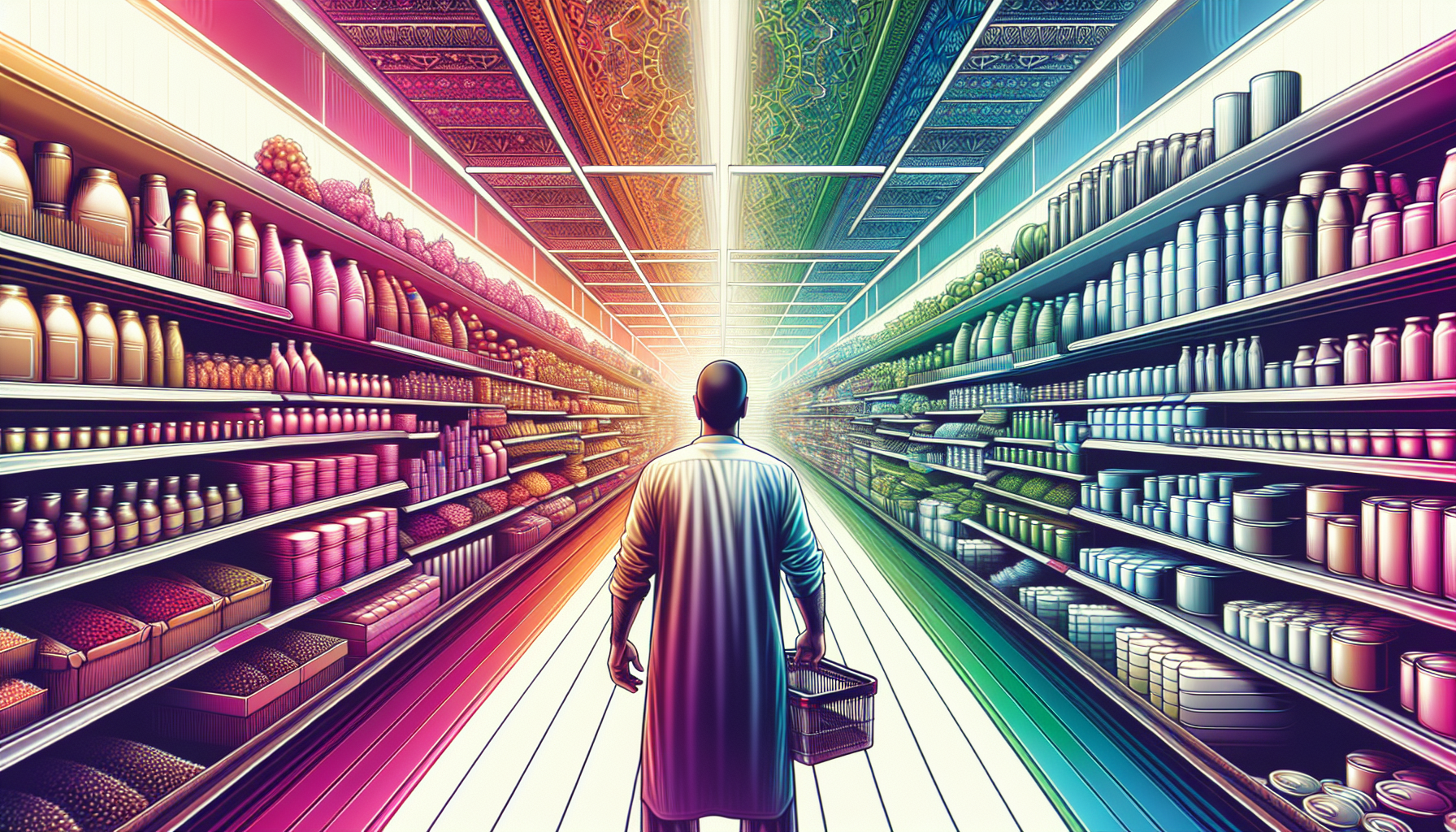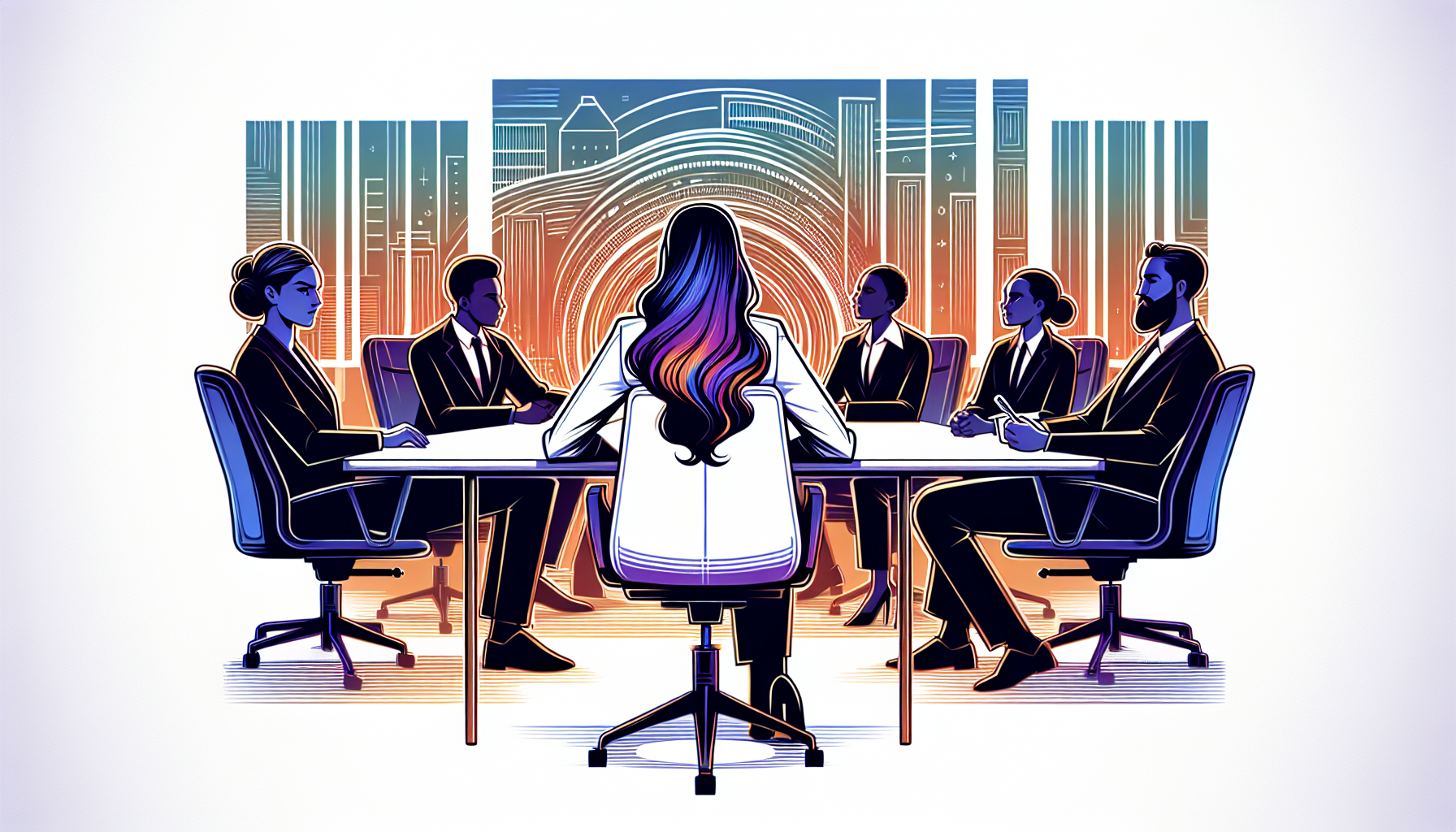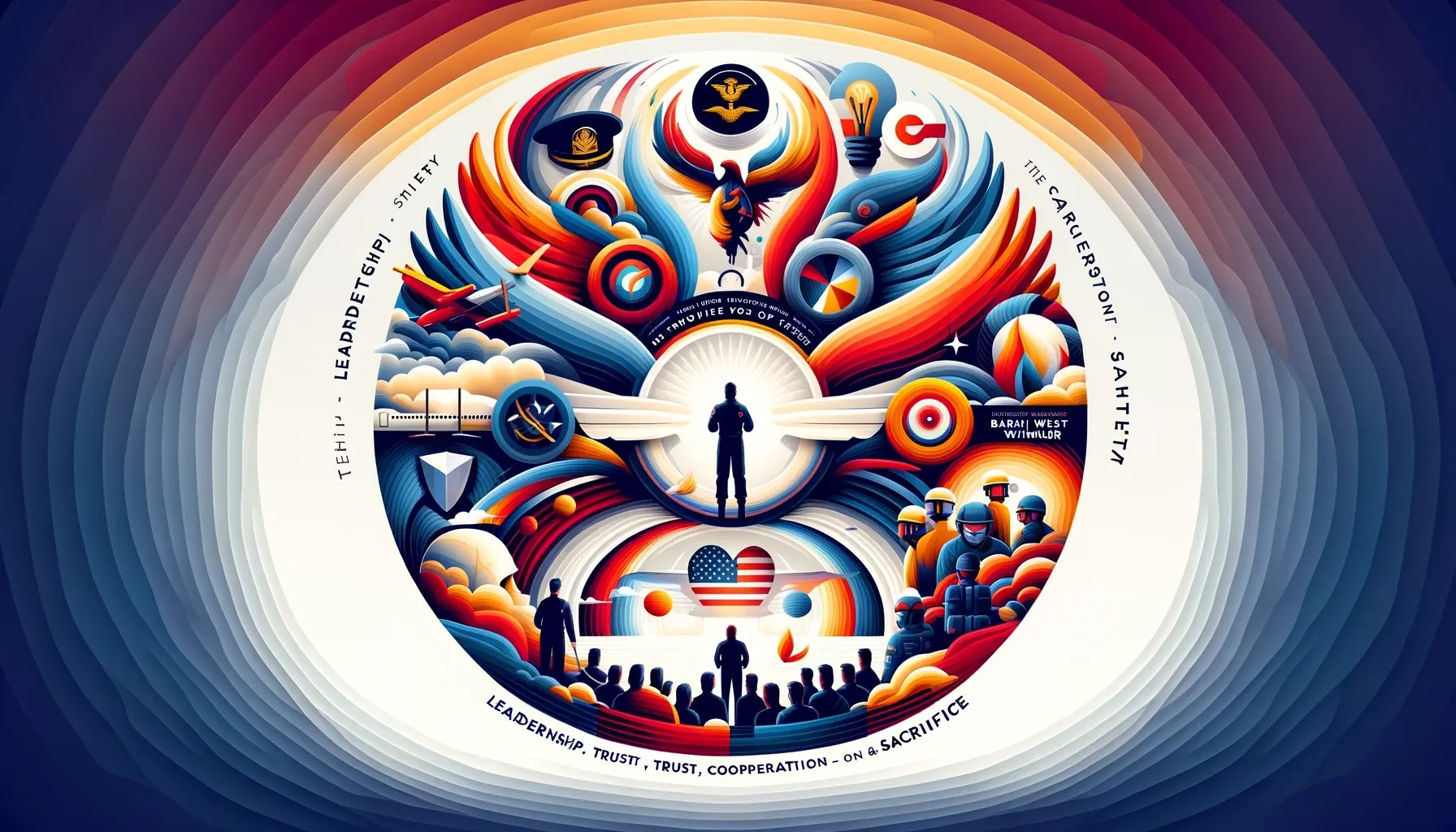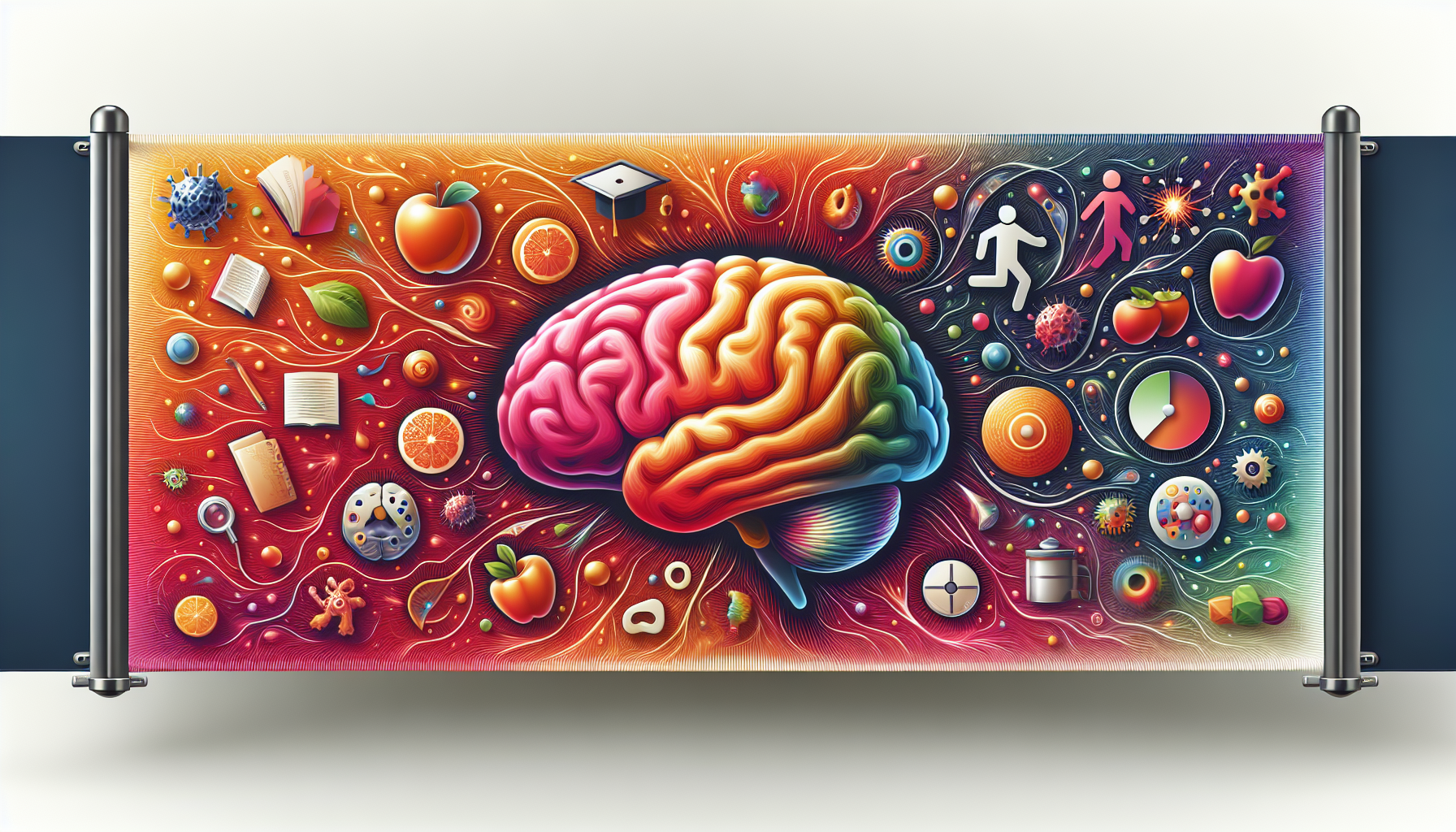On this page
Barry Schwartz's TED talk discusses the concept of choice in Western industrial societies and its implications. He discusses 'the official dogma' that equates maximizing individual freedom with welfare, achieved through the provision of choice. This idea is illustrated through examples from everyday life, healthcare, and personal identity. However, an overabundance of choice can lead to paralysis, making decision-making difficult, and often resulting in less satisfaction even after a decision is made. The concepts of 'opportunity costs', 'escalation of expectations', and the lack of pleasant surprises due to increased expectations are introduced as factors that subtract from the satisfaction derived from choices.

How does it apply to you?
Understanding the paradox of choice can help us make better decisions in our lives. By realizing that more choices can lead to paralysis and dissatisfaction, we can learn to appreciate fewer, more meaningful options. This knowledge can be applied in various areas such as making consumer decisions, planning our healthcare, and even shaping our identities and relationships.
Applied Learning to Developer Enablement
The concept of 'choice' as discussed in the content can be applied to the design and development of software in several ways. Firstly, in terms of user interface design, providing too many options can lead to user confusion and decision paralysis, thereby reducing user satisfaction. A more streamlined and intuitive interface, offering just the necessary options, can enhance user experience. Secondly, in software development processes, the choice of technologies, methodologies, and tools can have significant implications. While having options allows for flexibility, it also necessitates making informed decisions to avoid regret or dissatisfaction later on. Lastly, the concept of 'choice' can also impact the learning culture within a software development organization. The availability of numerous learning resources and technologies can either empower employees to upskill and innovate or lead to overwhelm and inaction if not properly managed.
Developer Checklist
Software Design
Self-Management
Summary
The Official Dogma of Western Industrial Societies
The speaker introduces 'the official dogma' of Western industrial societies, which is grounded in the belief that maximizing individual freedom is the key to maximizing the welfare of citizens. The argument, deeply ingrained in societal consciousness, is that freedom is both inherently good and a means for individuals to act in ways that maximize their welfare without reliance on decisions made on their behalf. This freedom is maximized through the provision of choice. The belief is that the more choices people have, the more freedom they possess, and consequently, the more welfare they can achieve.
The Abundance of Consumer Choices
The speaker illustrates the concept of choice through examples from everyday life, including the vast array of salad dressings at a supermarket and the multitude of components available for constructing a stereo system at a consumer electronics store. This abundance of choice extends to the domain of communication, with the development of cell phones that offer a multitude of functions.
Implications of Choice in Healthcare
In the realm of healthcare, the concept of choice has led to a shift in responsibility from doctor to patient. Instead of doctors telling patients what to do, they now present options with their respective benefits and risks, and the patients must decide. This shift, termed 'patient autonomy', places decision-making responsibility on the patient, who may not have the necessary knowledge to make these decisions, especially when unwell.
Identity, Marriage and Family Choices
The speaker discusses how the modern explosion of choice has extended to personal identity, which can now be invented and reinvented at will. Similarly, choices surrounding marriage and family have evolved. Instead of default assumptions about when to marry and have children, individuals now face a plethora of choices, leading to preoccupations that can impact other areas of life such as education.
The Dilemma of Choice
The speaker discusses the dilemma of choice faced in today's society, where technology and freedom of choice have made it so that individuals have to constantly decide whether they should be working or not. This constant decision making can impact experiences and make them different than they would have been without the constant need to choose. Life has become a matter of choice, both in big and small things, and this can lead to either liberation or paralysis.
The Paralysis of Choice
An overabundance of choice can lead to paralysis rather than liberation. With too many options to choose from, people find it difficult to make a decision. This is exemplified by a study of investments in voluntary retirement plans, where for every 10 mutual funds an employer offered, the rate of participation went down two percent. This demonstrates that making the decision can be so hard that people often put it off, leading to potential financial difficulties in the future.
The Impact of Choice on Satisfaction
Even if individuals overcome the paralysis of choice and make a decision, they often end up less satisfied with the result of the choice than they would have been with fewer options. This is because with many alternatives, it's easy to imagine a better choice that could have been made, leading to regret. This regret detracts from the satisfaction derived from the decision made, even if it was a good decision. The more options there are, the easier it is to regret anything that is disappointing about the chosen option.
Opportunity Costs and Value Comparison
When there are many alternatives to consider, it's easy to imagine the attractive features of alternatives that were not chosen, leading to dissatisfaction with the chosen alternative. This concept is referred to as 'opportunity costs' by economists. The value of things often depends on what they are compared to, making the availability of many alternatives a potential source of dissatisfaction.
Opportunity Costs and Satisfaction
The concept of opportunity cost is introduced as a factor that subtracts from the satisfaction derived from choices, even when the chosen option is excellent. The more options there are to consider, the more attractive features of these options are reflected as opportunity costs, which can lead to dissatisfaction. For example, the speaker uses the scenario of a man who could have parked in front of his building while his neighbors were away, but instead, he spends two weeks bothered by the missed opportunity.
Escalation of Expectations
The escalation of expectations is discussed, using the example of buying jeans. In the past, jeans came in one style, and expectations were low. However, with the advent of multiple styles, the expectation of finding the perfect pair of jeans increases. Even though the speaker ends up with the best-fitting jeans he's ever had, he feels worse because they aren't perfect. This increase in options and subsequent expectations leads to less satisfaction with results, even when they're good.
Increased Expectations and Lack of Pleasant Surprises
The speaker discusses how in today's world, the best one can hope for is that things meet their high expectations, eliminating the possibility of pleasant surprises. The speaker suggests that happiness comes from having low expectations. The speaker also shares a personal anecdote about his wife to illustrate that settling isn't necessarily a bad thing.
Responsibility and Disappointment
The speaker discusses how having more choices can lead to self-blame when outcomes are disappointing. Using the jeans example again, in the past when there was only one style to buy, any dissatisfaction could be blamed on the world. However, with hundreds of styles to choose from, any dissatisfaction leads to self-blame because one could have chosen better. This self-blame, combined with high standards and disappointing experiences, is posited as a significant contributor to the rise in clinical depression and suicide in the industrial world.
The Paradox of Choice
The speaker deconstructs the common belief that more choices equate to better outcomes. He argues that while some choice is better than none, more choice does not necessarily mean better than some choice. The speaker suggests that there's a balance to be struck, a 'magical amount' of choice that maximizes our welfare. However, he posits that in many scenarios, we have already surpassed this point, thereby negatively impacting our welfare.
The Problem of Affluence
The issue of excessive choice is identified as a unique problem of affluent, Western societies. The speaker argues that this abundance of choice, facilitated by material affluence, is not only unhelpful but can also be harmful. He suggests that if some of the resources enabling these choices were redirected to societies with fewer options, it would result in a 'Pareto-improving move', benefiting everyone involved.
The Fishbowl Metaphor
In explaining the effects of excessive choice, the speaker uses the metaphor of a fishbowl. He suggests that while the fishbowl may seem limiting, its absence—symbolizing unlimited choice—leads to paralysis and decreased satisfaction. The speaker concludes that everyone needs a 'fishbowl' or a set of constraints to guide them, as the absence of such limitations can lead to unhappiness and potential disaster.







